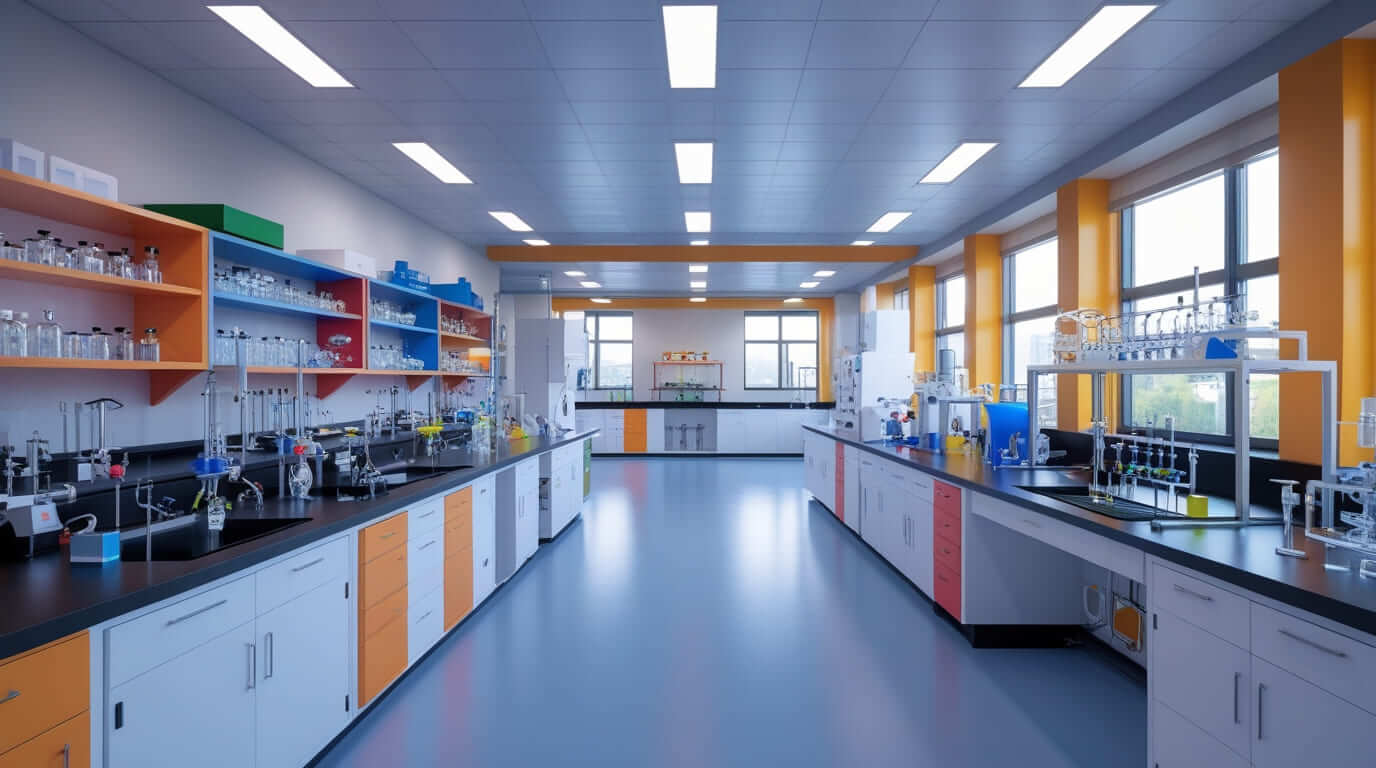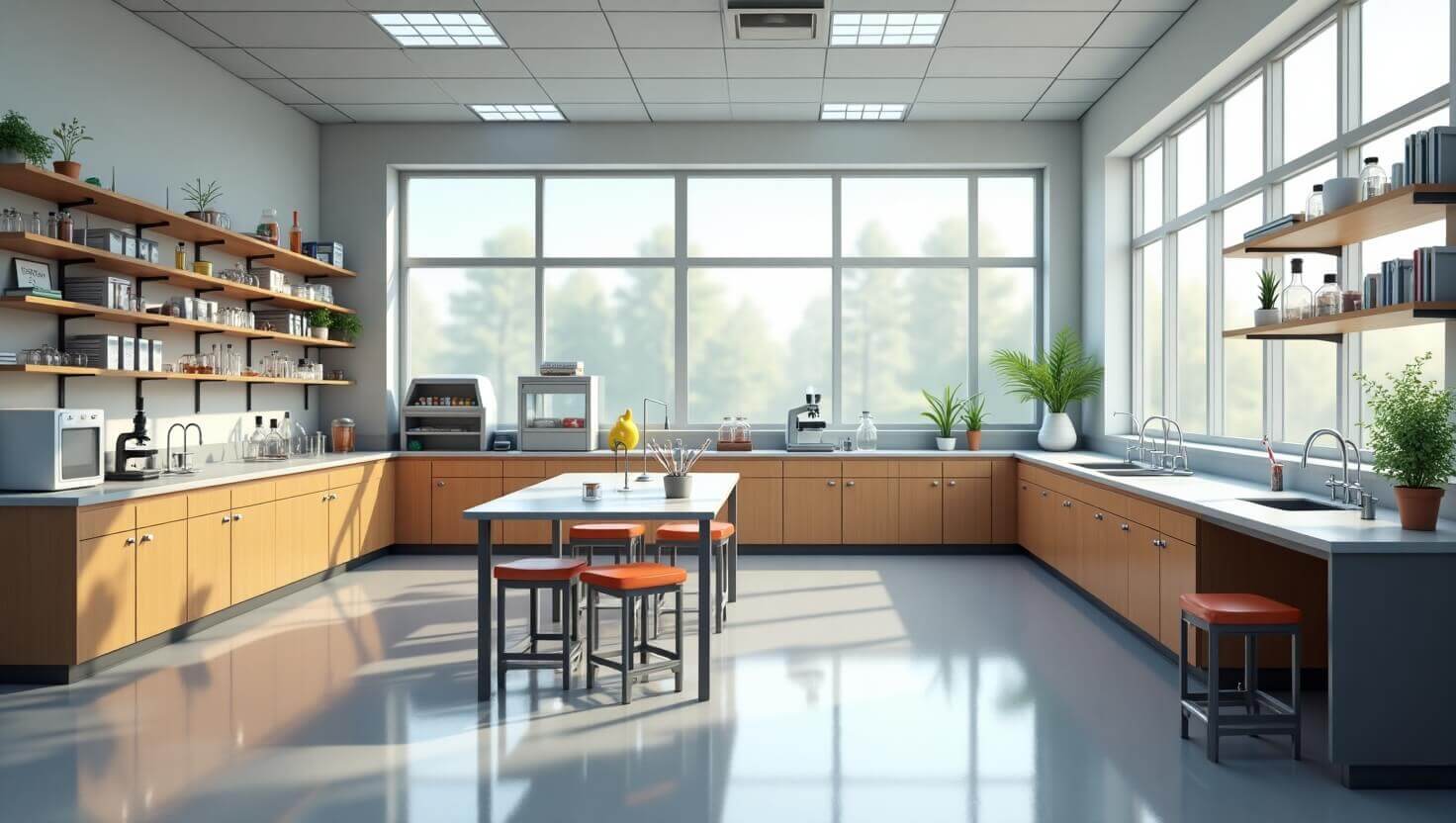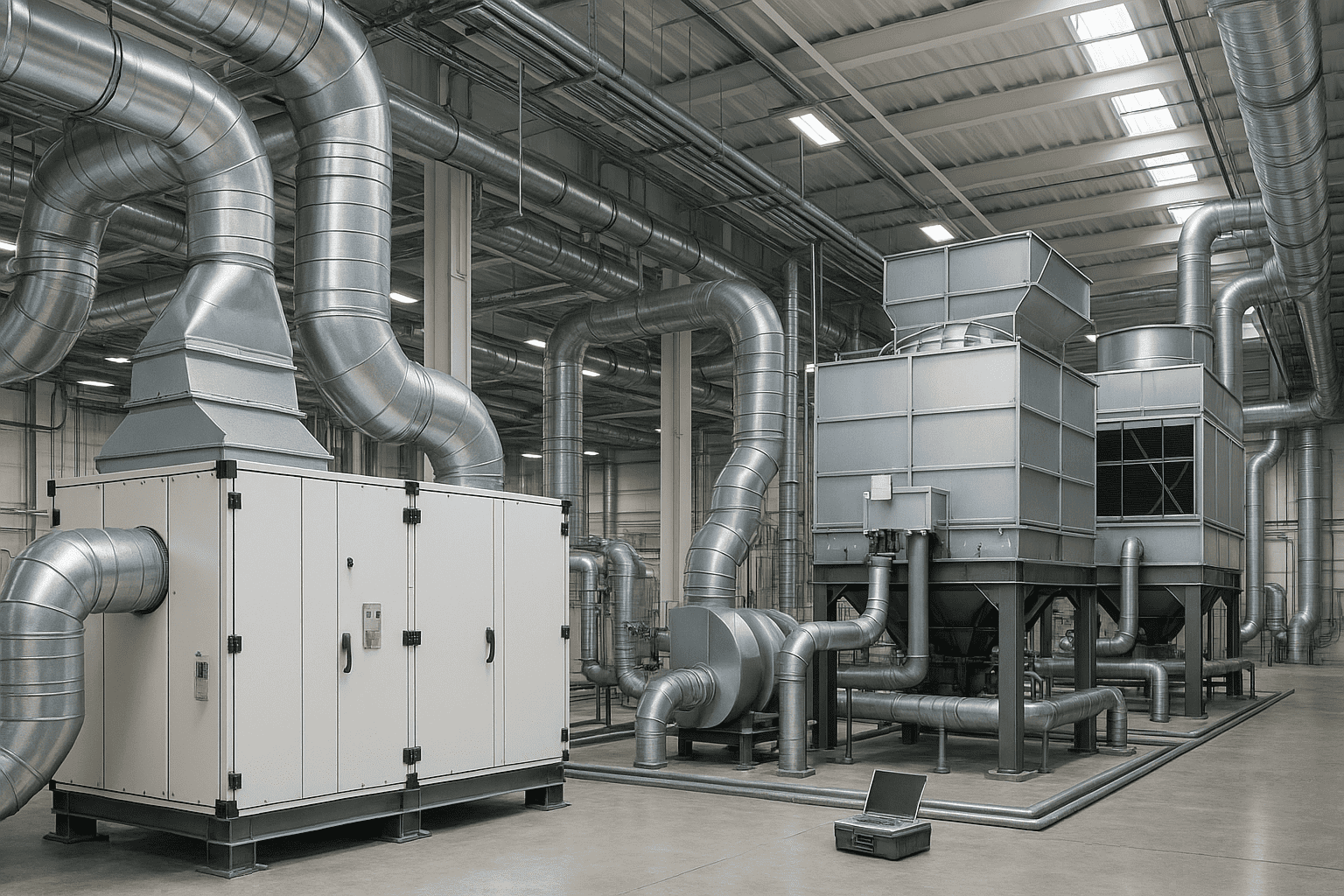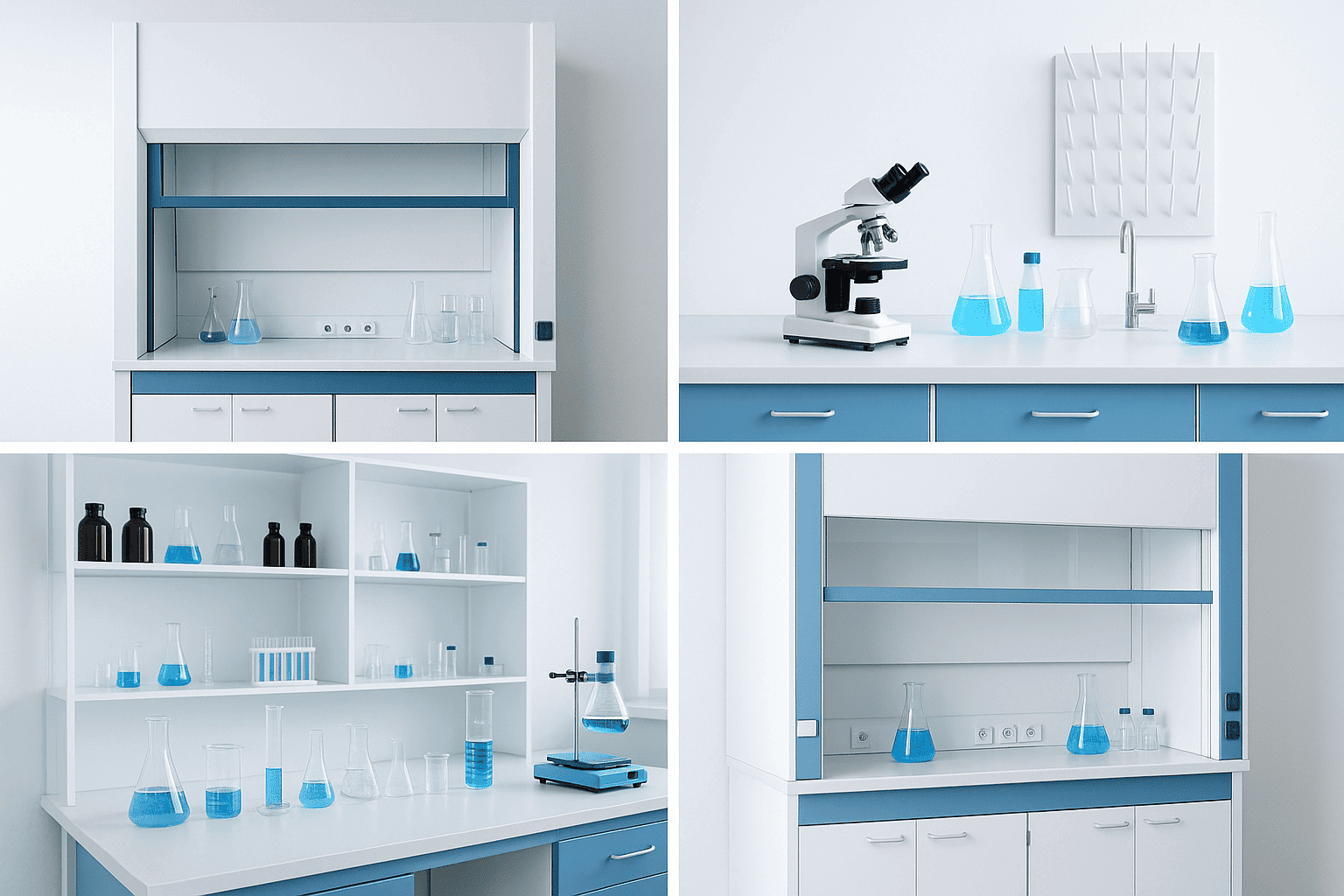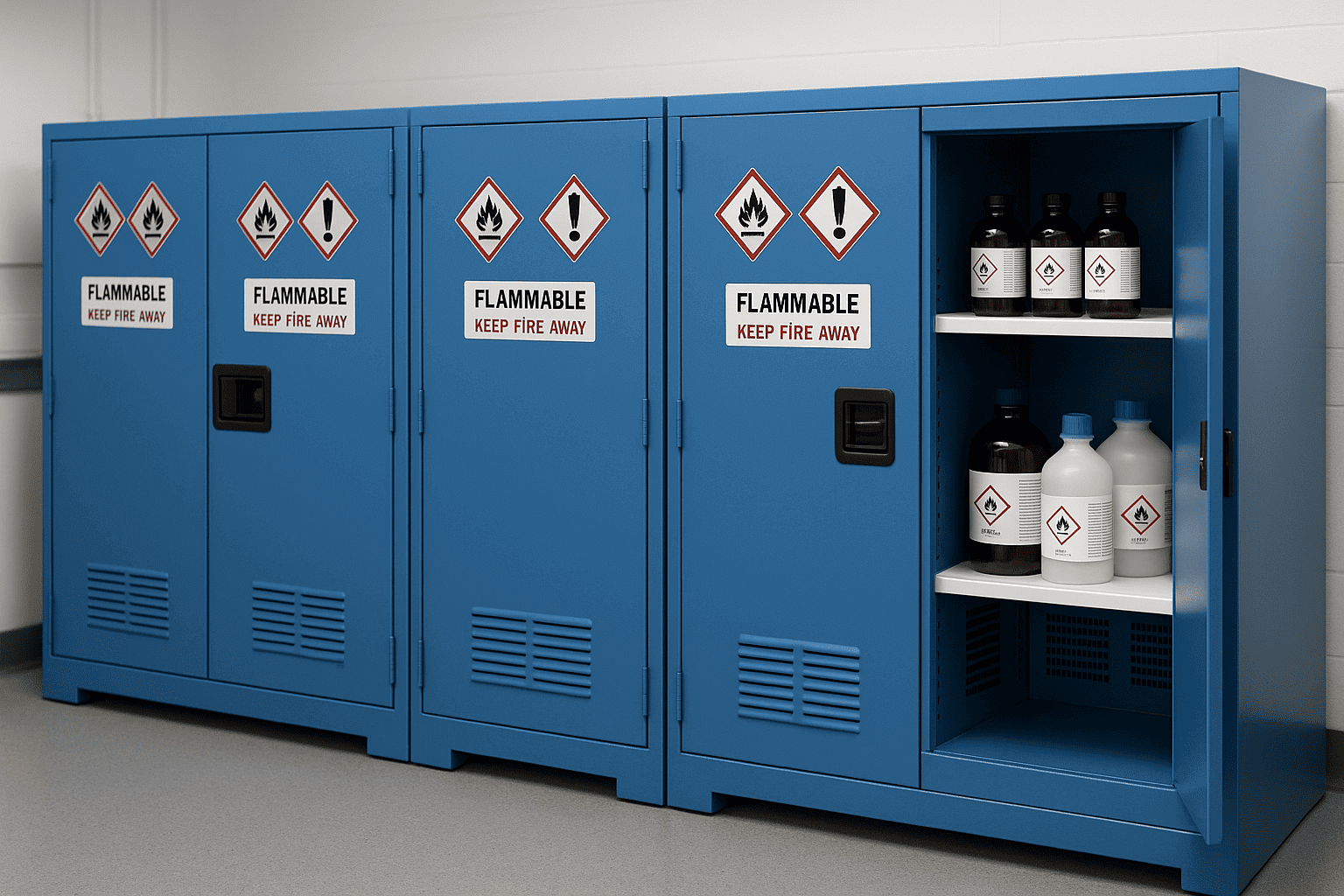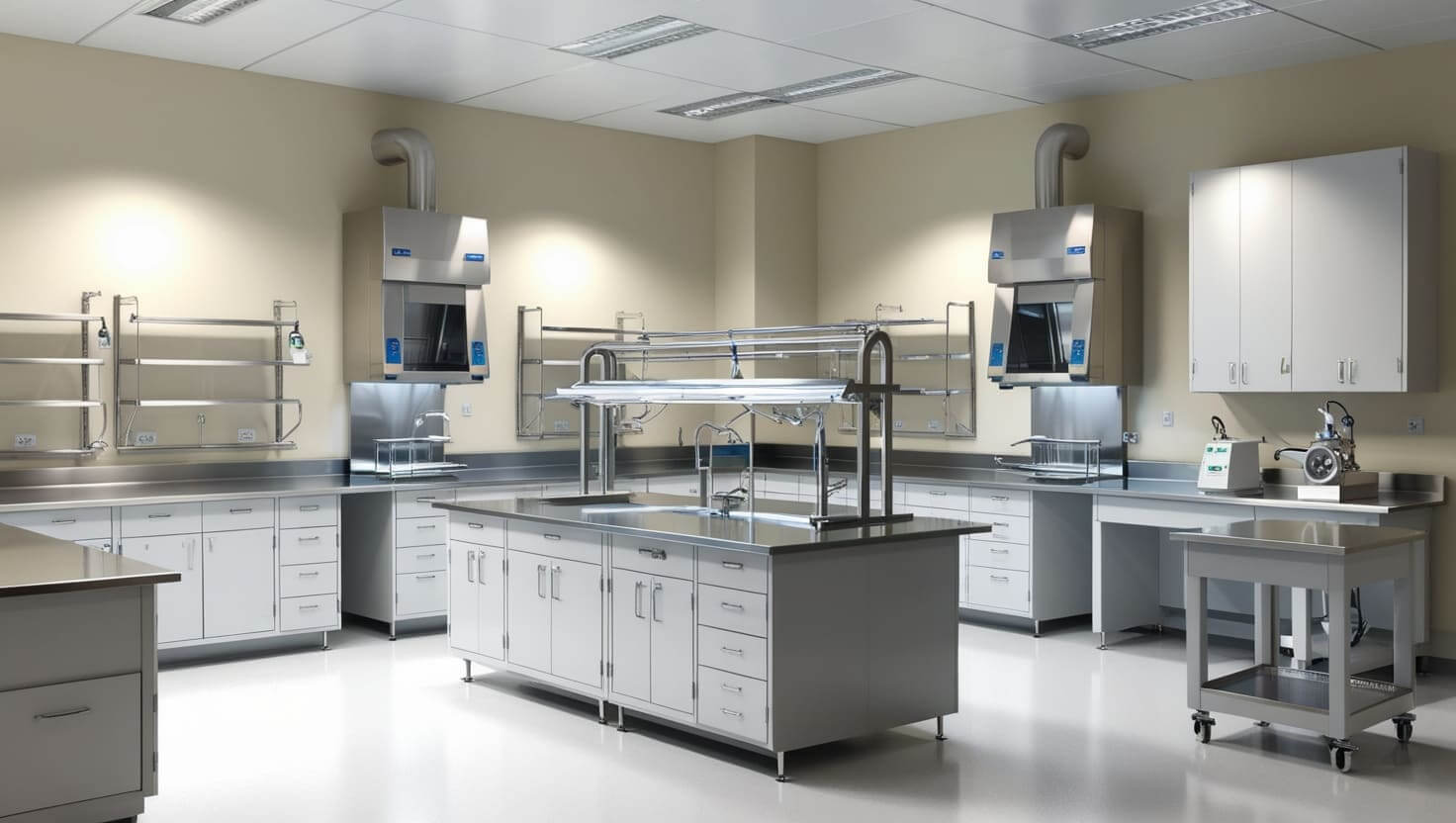
Laboratory furniture is a foundational element of any efficient, safe, and productive lab environment. Whether it’s research, testing, or educational work, having durable and well-maintained workspaces is essential. However, simply installing high-quality lab benches, cabinets, and tables is not enough—you must also know how to care for them properly. Proper lab furniture maintenance is key to extending its lifespan, reducing wear and tear, and avoiding expensive repairs or replacements.
This article provides essential tips and strategies to help you maintain your lab furniture and ensure it performs efficiently for years to come.
1- Understand Your Furniture Materials
Before starting any maintenance routine, identify the materials your furniture is made of. Common materials include:
- Stainless steel – Highly durable and corrosion-resistant
- Epoxy resin – Excellent chemical resistance and heat tolerance
- Phenolic resin – Tough and moisture-resistant
- Powder-coated metal – Durable but can chip if handled roughly
- High-pressure laminate (HPL) – Affordable and suitable for dry labs
Each of these surfaces requires a specific care method. For example, epoxy resin can resist harsh chemicals but should still be cleaned regularly to maintain its smooth finish. Stainless steel surfaces, although resistant to rust, must be wiped down with soft cloths to prevent scratching.
2- Routine Cleaning Is Essential
The most important part of cleaning lab furniture is consistency. Daily or weekly cleaning routines help prevent the buildup of chemical residue, dust, and debris that could damage surfaces or create unsafe working conditions.
Best practices for cleaning include:
- Wipe surfaces daily using a mild detergent or a recommended lab surface cleaner
- Avoid using abrasive pads or strong acids unless approved for the material
- Clean up chemical spills immediately to prevent corrosion or staining
- Disinfect high-touch surfaces regularly to maintain hygiene and lab safety
Using the correct cleaning agents ensures surfaces retain their finish and structural integrity over time.
3- Prevent Chemical and Physical Damage
One of the biggest threats to laboratory equipment care and furniture lifespan is improper handling of chemicals and tools. While lab surfaces are often made to be chemical-resistant, long-term exposure to strong acids, solvents, or heat can degrade even the most durable materials.
To prevent damage:
- Use chemical spill trays and liners on workbenches
- Place protective mats under hot equipment
- Label hazardous areas clearly
- Train all lab users on proper usage of equipment and surfaces
Even heavy-duty furniture can degrade quickly if used without proper precaution. A lab culture of respect and responsibility goes a long way in protecting assets.
4- Schedule Regular Inspections
Preventive care is better (and cheaper) than reactive repairs. Conduct monthly inspections to check for early signs of wear, such as:
- Cracks in countertops or resin surfaces
- Loose hinges or drawer sliders
- Rust spots on metal surfaces
- Unstable stools or shelves
Fixing these issues promptly can prevent them from turning into expensive replacements. Keep a maintenance log to track repair frequency and recurring issues, which can also help in planning upgrades.
5- Environmental Control for Longevity
Lab furniture can also suffer damage due to uncontrolled environmental factors. Excess humidity can cause rusting of metal parts, while extreme heat or direct sunlight can fade laminate finishes or warp wood-based surfaces.
To mitigate these issues:
- Ensure proper lab ventilation
- Use air conditioning or dehumidifiers in high-humidity areas
- Avoid placing furniture near heat sources or windows
- Maintain recommended room temperature for lab operations
Controlling your lab’s environment can significantly contribute to prolonging lab furniture lifespan.
6- Use Furniture as Intended
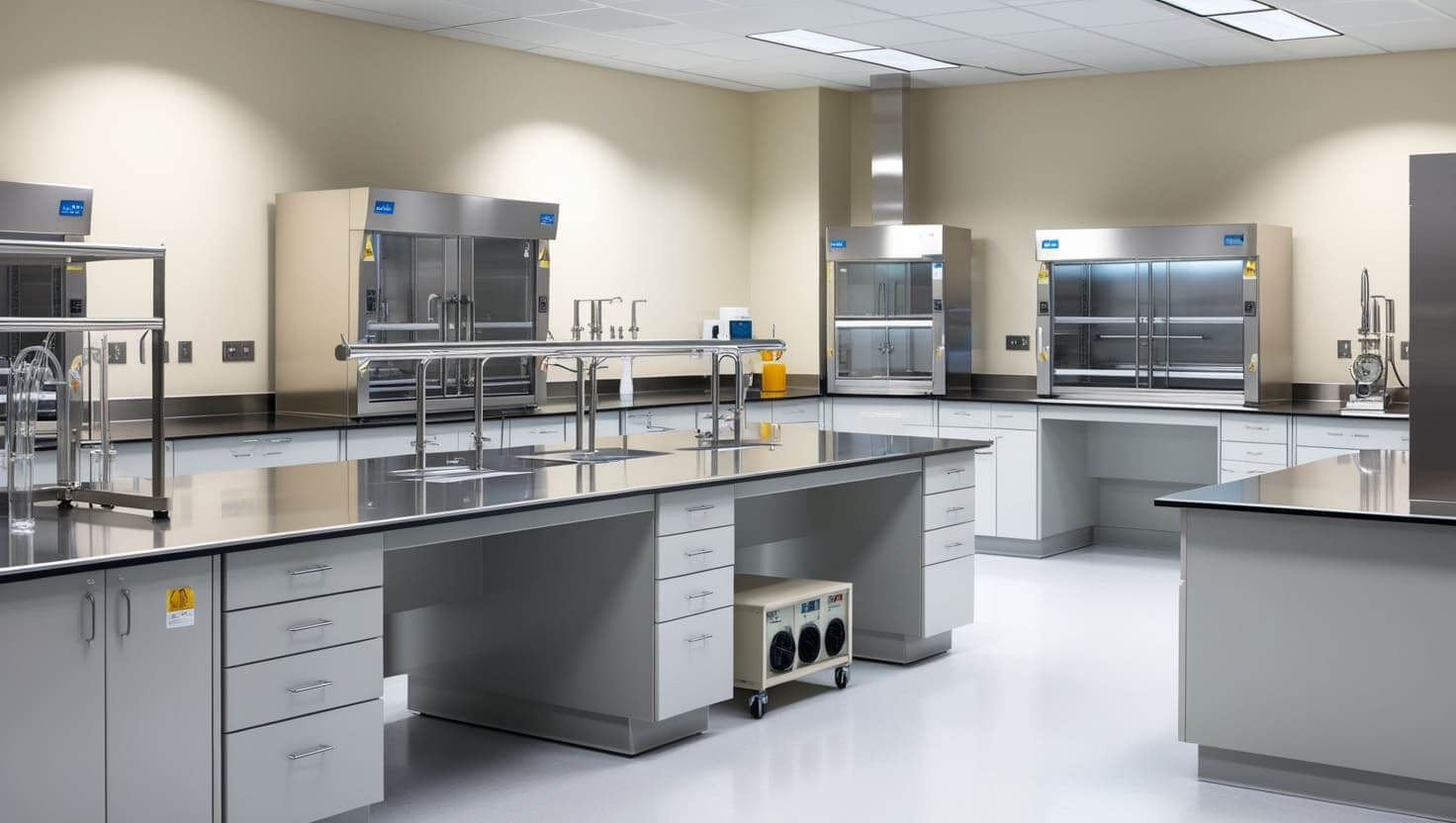
Improper usage leads to premature damage. Lab stools shouldn’t be stood on, shelves shouldn’t be overloaded, and drawers shouldn’t be slammed shut. These small but important guidelines protect moving parts and structural components.
User guidelines to follow:
- Do not exceed the weight limit of countertops or storage units
- Avoid dragging heavy instruments across surfaces
- Use soft-close mechanisms where possible
- Refrain from modifying or drilling furniture without expert assistance
Educating lab staff and students on correct usage is one of the most effective ways to extend the life of furniture and maintain safety.
7- Schedule Preventive Maintenance
In addition to daily cleaning and monthly inspections, consider annual professional maintenance for major furniture installations. Many lab furniture suppliers offer servicing options for:
- Re-coating surfaces
- Replacing hinges and drawer tracks
- Adjusting or reinforcing shelving
- Checking for chemical or thermal damage
A well-timed maintenance check can restore your furniture and prevent long-term wear from becoming a liability.
8- Organize for Efficiency and Safety
Disorganized storage can lead to unintentional damage. For example, overfilled drawers can jam or break, and improperly stored chemicals can spill and damage surfaces. Use smart organization systems to reduce clutter and protect your furniture:
- Store heavy items on lower shelves
- Use labeled bins or boxes for supplies
- Keep chemical storage areas separate and sealed
- Install safety stops on drawers and doors
An organized lab is not just efficient—it’s safer and better for your furniture’s longevity.
Final Thoughts
Investing in good-quality lab furniture is only the beginning. Ongoing lab furniture maintenance ensures your lab remains a functional, safe, and cost-effective space. By adopting a combination of cleaning, prevention, proper usage, and periodic inspections, you can extend the usable life of your lab furniture significantly.
Remember, the cost of maintenance is always lower than the cost of replacement. With just a little effort and discipline, your furniture will serve your lab efficiently for years—making your work smoother and your environment safer.

